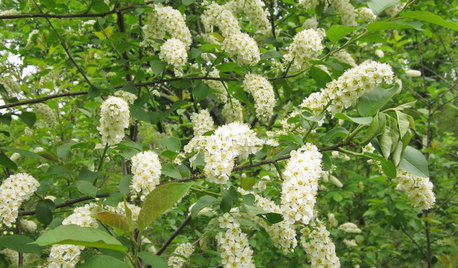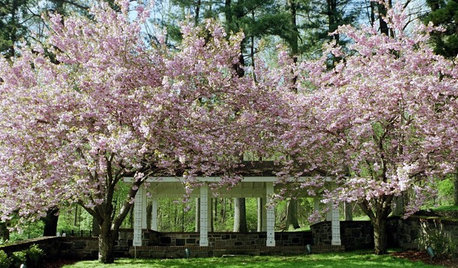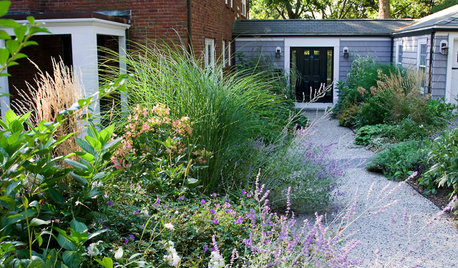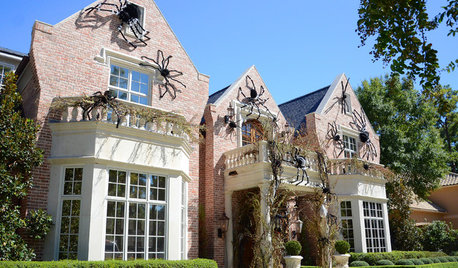Fight the Nature (Re: Invasives)
achang89
17 years ago
Related Stories

LAWN ALTERNATIVESStop Fighting the Patchy Lawn!
Here are 3 situations where a garden may be a better idea than more turfgrass
Full Story
TREESNative Plant Alternatives to Invasive Common Buckthorn
Learn how to identify and control this aggressive plant, and what to grow in its place
Full Story
HEALTHY HOMEWhat You Need to Know About Dust and How to Fight It
Breathe easier with these 10 tips for busting mites, dander and other microscopic undesirables
Full Story
FEEL-GOOD HOME10 Ways to Fight Pollen at Home
Keep sneezing and stuffiness to a minimum by making your house as pollen free as possible
Full Story
MOST POPULARHow to Create an Inventory, Whether You're Naturally Organized or Not
Documenting your home items is essential, even if disaster seems unimaginable. And it may be easier than you think
Full Story
GARDENING AND LANDSCAPINGLay of the Landscape: Natural Garden Style
Team up with nature instead of fighting it for a landscape that perfectly suits your surroundings — and is a lot less work
Full Story
EDIBLE GARDENSNatural Ways to Get Rid of Weeds in Your Garden
Use these techniques to help prevent the spread of weeds and to learn about your soil
Full Story
FUN HOUZZSurvey Says: We’re Scared of Being Home Alone — and Spiders
A new Houzz survey reveals that most of us get spooked in an empty house. Find out what’s causing the heebie-jeebies
Full Story
PETSSo You're Thinking About Getting a Dog
Prepare yourself for the realities of training, cost and the impact that lovable pooch might have on your house
Full Story







catherinet
bob64
Related Professionals
Glendora Landscape Architects & Landscape Designers · Kapaa Landscape Architects & Landscape Designers · New Mexico Landscape Architects & Landscape Designers · Piqua Landscape Architects & Landscape Designers · River Forest Landscape Architects & Landscape Designers · Coeur d'Alene Landscape Contractors · Firestone Landscape Contractors · Lorain Landscape Contractors · Oklahoma City Landscape Contractors · Clermont Fence Contractors · Fairmount Fence Contractors · Staten Island Fence Contractors · Paramus Siding & Exteriors · Saratoga Springs Siding & Exteriors · Clearfield Siding & Exteriorsnywoodsman
arcy_gw
tomasincas
catherinet
knottyceltic
joepyeweed
bob64
nywoodsman
lukifell
ekoteriust
joepyeweed
bob64
ekoteriust
buyorsell888